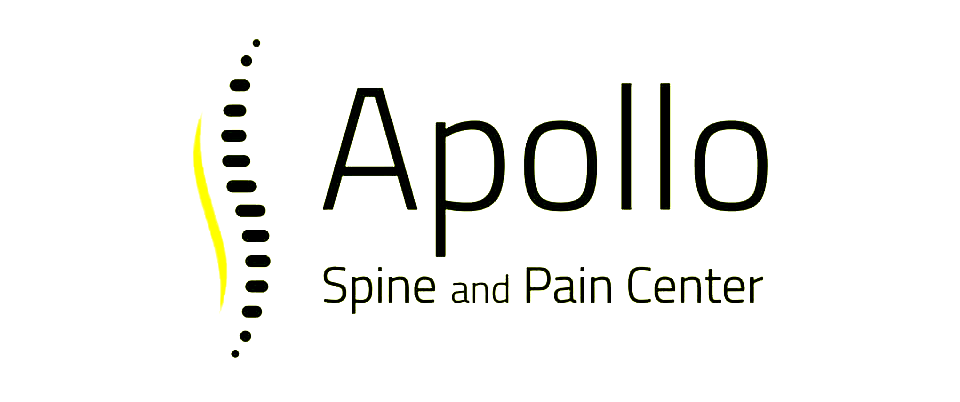Overcoming the Pain of Phantom Limb: Advanced Treatment Strategies for a Life Beyond Discomfort
Phantom Limb Pain is a distressing condition that affects many individuals who have experienced the loss of a limb. Deriving its name from the experience of intense pain or sensations in the part of the body that is no longer there, this phenomenon can have a significant impact on a person's quality of life. The mysterious nature of Phantom Limb Pain has intrigued and confounded experts for decades. Despite its complexity, recent advancements in the fields of interventional pain management and neuroscience have provided new hope for those seeking respite from the condition.
At our pain management clinic, we understand the unique challenges and emotional turmoil associated with Phantom Limb Pain. Hence, we are committed to providing patients with diverse innovative treatment options designed to alleviate pain, foster emotional well-being, and promote overall healing. Our team of dedicated pain management specialists draws upon the latest research and technology to develop personalized treatment plans that address each patient's unique needs and empower them to reclaim their lives from the clutches of pain.
In this article, we will delve into the causes of Phantom Limb Pain and discuss the cutting-edge treatment options at our disposal to provide lasting relief from this challenging condition. From nerve blocks and neuromodulation techniques to mirror therapy and beyond, we will examine how these advanced approaches can revolutionize the management of Phantom Limb Pain and pave the way for a future marked by enhanced comfort, improved function, and greater zest for life.
Unraveling the Causes of Phantom Limb Pain
Phantom Limb Pain is a unique and enigmatic condition, with numerous theories surrounding its occurrence. Research suggests that this pain arises from a complex interplay of factors involving the brain, spinal cord, and peripheral nerves. Some potential causes include:
1. Nerve injury and neuroma formation: Following amputation, severed nerves may form painful structures called neuromas, which can send abnormal pain signals to the brain.
2. Central sensitization: The brain and spinal cord may undergo adaptations following amputation, leading to increased pain signal transmission and the development of chronic pain.
3. Altered brain representation: The brain's representation of the body may change following amputation, with the area previously responsible for the missing limb now processing signals from neighboring regions, potentially triggering pain sensations.
Understanding the underlying causes of Phantom Limb Pain is crucial for developing targeted treatment strategies to alleviate this distressing condition effectively.
Modern Treatment Options for Phantom Limb Pain
Our clinic offers several advanced treatment options aimed at managing Phantom Limb Pain. These methods encompass various approaches, from pharmacological interventions to non-invasive therapies and interventional pain management techniques. Some of the options include:
1. Medications: Prescription medications like NSAIDs, opioids, anticonvulsants, and antidepressants can help manage the pain associated with Phantom Limb Pain. The choice of medication is determined based on the severity of your pain and the potential side effects.
2. Nerve blocks: Nerve blocks involve injecting a local anesthetic near the nerves responsible for transmitting pain signals, providing temporary pain relief. These injections can also help diagnose the source of the pain, aiding in the development of personalized treatment plans.
3. Spinal cord stimulation: This technique utilizes an implantable device that sends electrical impulses to the spinal cord, modulating the pain signals before they reach the brain. Spinal cord stimulation has shown promising results in reducing chronic Phantom Limb Pain when other treatments have failed.
4. Mirror therapy: A non-invasive approach, mirror therapy, involves visually 'tricking' the brain by reflecting the intact limb in a mirror such that it appears as the missing limb. By performing synchronized movements with both limbs, the brain can rewire and reassess its perception of the amputated limb, potentially reducing pain.
The Role of Integrative Therapies in Phantom Limb Pain Management
Apart from the treatments mentioned earlier, our clinic recognizes the importance of incorporating holistic approaches to maximize overall well-being and enhance the resilience of patients coping with Phantom Limb Pain. Integrative therapies can complement conventional treatment methods, providing comprehensive pain management for optimal outcomes. Some noteworthy therapies include:
1. Acupuncture: This ancient Chinese technique uses fine needles to stimulate specific points on the body, promoting the release of pain-relieving chemicals and reducing inflammation.
2. Biofeedback: Biofeedback helps patients gain control over physiological processes, such as muscle tension, heart rate, and body temperature, allowing them to influence pain perception consciously.
3. Cognitive-behavioral therapy (CBT): As a form of talk therapy, CBT helps patients challenge and change negative thought patterns and behaviors associated with pain, empowering them to cope better with Phantom Limb Pain.
Customized Treatment Plans for a Comprehensive Approach
Since the experience of Phantom Limb Pain is highly individualized, our clinic's specialists will work closely with you to develop a tailored treatment plan addressing your unique needs. We will combine advanced interventional pain management techniques, medications, and integrative therapies to develop a comprehensive treatment approach to help you reclaim control of your life from the grip of Phantom Limb Pain.
Empowering Patients to Rise Above Phantom Limb Pain
Phantom Limb Pain can significantly impact one's life and well-being. However, modern advancements in interventional pain management and a comprehensive, individualized approach provide a promising path forward in navigating this complex condition.
Do not let Phantom Limb Pain dictate the course of your life. Reach out to Apollo Spine and Pain Center’s expert
pain management specialists, and together, we will embark on a journey toward a life beyond discomfort, marked by whole-person healing and lasting pain relief.












